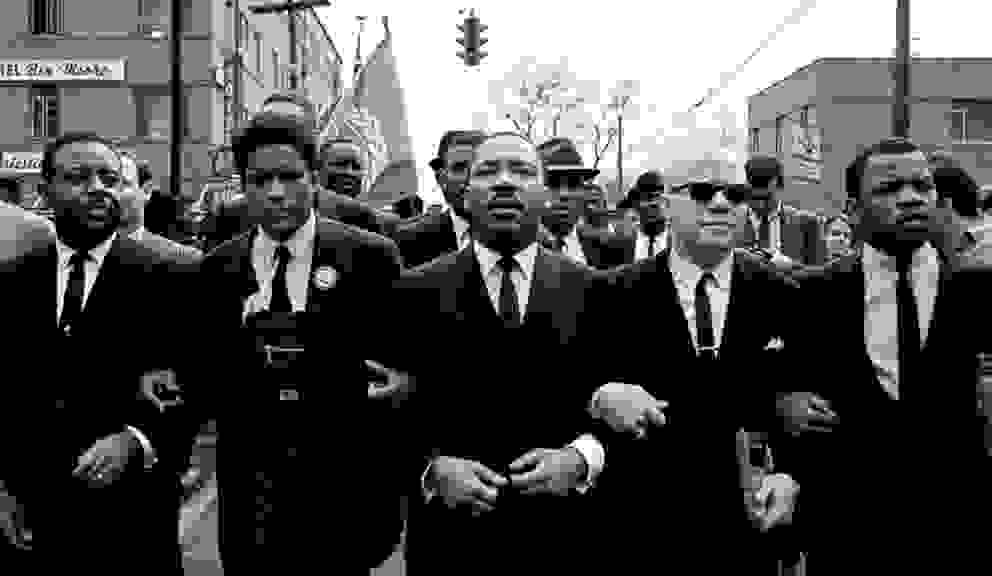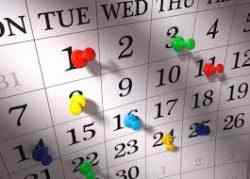
Civil Rights Leaders Party: Make for Brown Girl Dreaming
On pages 3-4, Woodson lists several names of people fighting for a similar goal. Divide the class into groups. Have each group research and explore the following: a) What was this person’s main goal? b) What philosophies and strategies did he/she use to reach this goal? Once the research is complete, students prepare for and hold an Equality Party where students attend with name tags and in character as the people they researched. Instruct them to discuss with other “attendees” how they fought for equality using their unique strategies and techniques. After the party, the groups discuss what they learned about the other historical figures through the conversations at the party. How were they similar and different from one another?
I found this activity idea on “A Guide to Jacqueline Woodson’s brown girl dreaming”, written by Erica Rand Silverman and Silverman and Sharon Kennedy, former high school English teachers and co-founders of Room 228 Educational Consulting, also with Shannon Rheault, who is an elementary school teacher. I imagined this activity would be best for 4-6th graders, and loved it because it is incredibly applicable to both the book itself and critical history. Further more, it can be applied to both History common core standards as well as English/ Reading standards. It is a fun activity that the children can genuinely enjoy, and learn from as well. I would make the activity an extended, multi-week event, that the students have plenty of time to prepare and truly understand their individual’s purpose, techniques, and goals. Although I would also make this even something that they look forward to, making an actual party atmosphere; including music, food, games, anything that a social party would include to motivate the students to socialize in the character of their specific activist.
I could arrange this party in February, to celebrate and educate about Black History Month. It would be a pot- luck style event, where we would each bring a designated dish, drinks, cups and plates, etc. I would provide name tags, and I would get the student’s input on whether or not they would want to dress up in their character’s chosen style for the occasion. My ideal outcome from this activity is to have an assignment that they could truly enjoy while simultaneously learning from. It will also give students an opportunity to empathize and understand their characters, and through sharing “experiences” with their peers, they can learn more about other civil rights leaders as well. Also, I think any assignment resulting with mass amounts of food will be something for them to be excited about.

